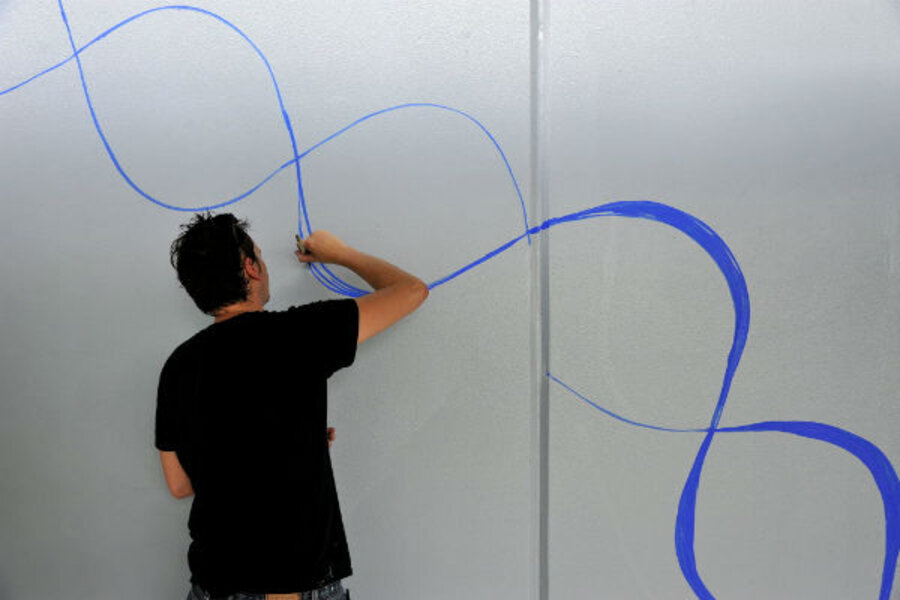Back to school: Fresh paint may improve school's overall quality
Loading...
August heralds the back-to-school season, which will probably mean a renewed debate about how public education can be improved. But instead of looking for the one big thing that might make public schools better, maybe we should acknowledge that the health of public education instead relies upon a hundred small things that, collectively, give students what they need to thrive.
Among the ingredients in my recipe for education success is something so simple that it’s easy to overlook: a fresh coat of paint for your local campus.
All of this came to mind a few years ago when we transferred my son to an inner-city public school in our home city of Baton Rouge so that he could participate in a stellar gifted and talented program. We welcomed the promise of quality instruction, but the physical condition of the school, as I quickly learned, left much to be desired. Only moments after walking through the front door for a tour of the campus, I felt a flurry of flaking paint landing on my head. The walls and ceilings seemed as if they hadn’t been painted in years – a dilemma, I know, faced by many public schools across the country. When school districts face budget cuts, spending on routine maintenance is often the first item on the chopping block.
But deferred maintenance on school buildings takes its toll. Brushing dried paint chips from my scalp, I thought about “The Experience of Place,” a 1990 book by Tony Hiss that illuminates a profound truth: The quality of our daily surroundings can deeply influence the quality of our feelings and thoughts. Hiss mentions a downtown Manhattan courtroom in which the wall clock has stopped, the paint is peeling, “and maybe a chunk of plaster is missing too.” Hiss suggests that the condition of the courtroom conveys the not-so-subtle message that what’s going on there isn’t really that important. Can jurors be expected to care about their work when the surroundings betray so much public ambivalence?
Poorly maintained schools must surely encourage a similar apathy among their students, the shabby halls and classrooms sending a message that learning isn’t a community priority. In such a campus climate, no one should be surprised when so many students fall behind.
Luckily, my story has a happy ending. Perhaps in response to some gentle prodding, our local school district found the staff and resources to have the outside woodwork of my son’s school painted. In conjunction with the exterior spruce-up, my family joined with other parents and City Year, a terrific corps of committed young volunteers, to stage a painting day for the inside of the building. In the space of a single Saturday, moving with the speed and energy of a military operation, we gave many of the walls, doors and ceilings a new lease on life.
I don’t pretend that we solved all or even most of public education’s problems that day. But perhaps the biggest enemy of education reform is the belief that because we cannot do everything to address the challenge, then we can absolve ourselves from doing anything.
Which is why, as my son progressed to another campus this year for middle school, I joined with other parents for yet another painting day at his school. The principal, returning to campus after running an errand, noted with satisfaction how much better the school was looking from her vantage in the front driveway.
She was doing what we should all do as another school year begins: Drive up to the front of your neighborhood school, and see it as a youngster might for the first time. If the picture proves sobering, get out your paint brush, and see what you can do to make it brighter.






